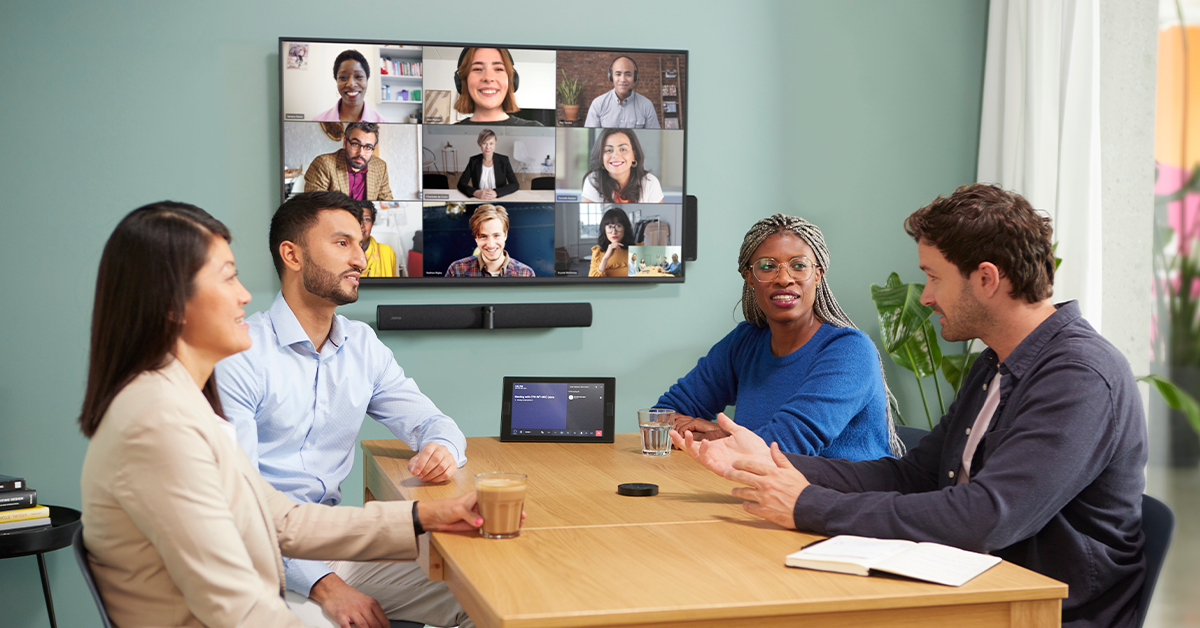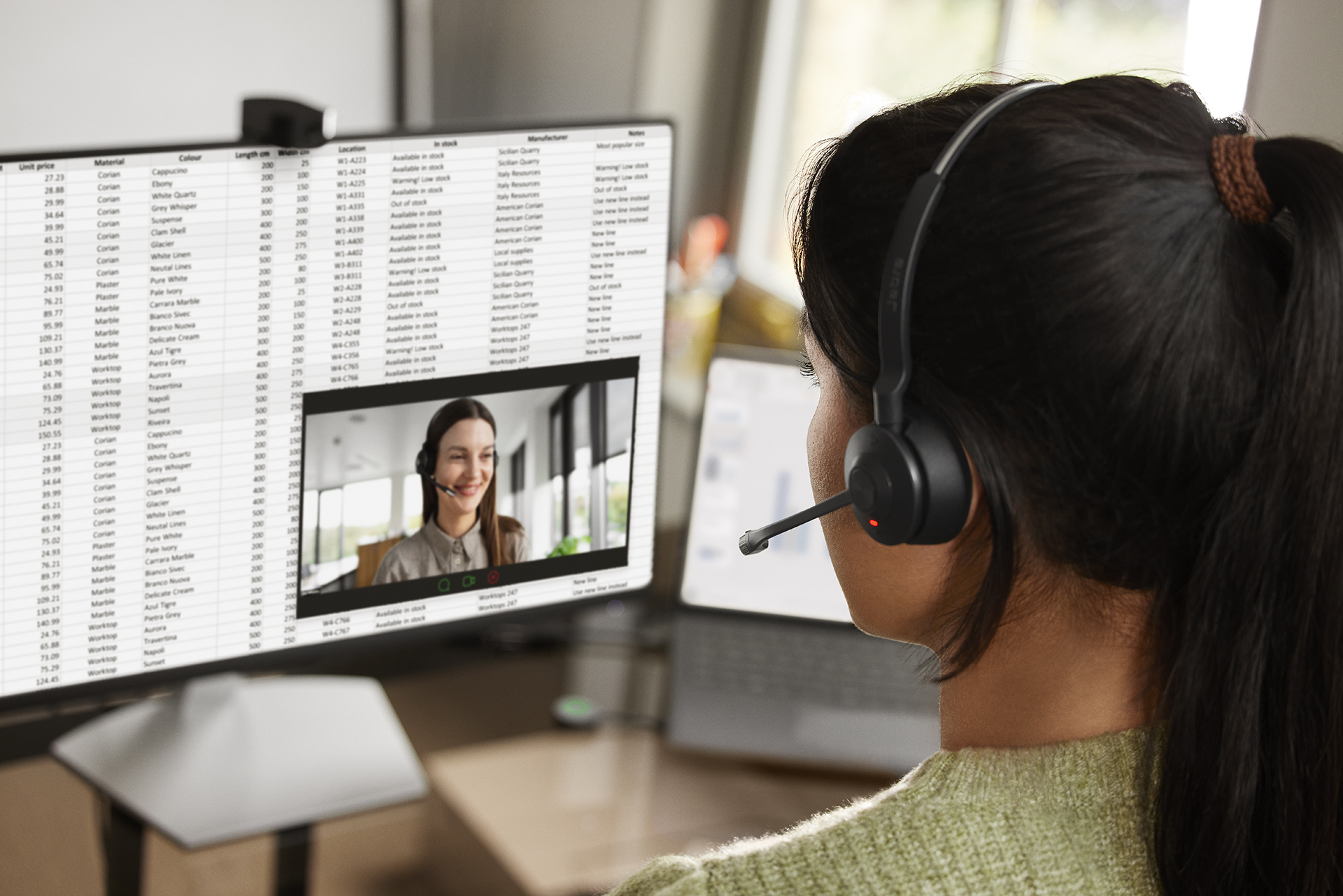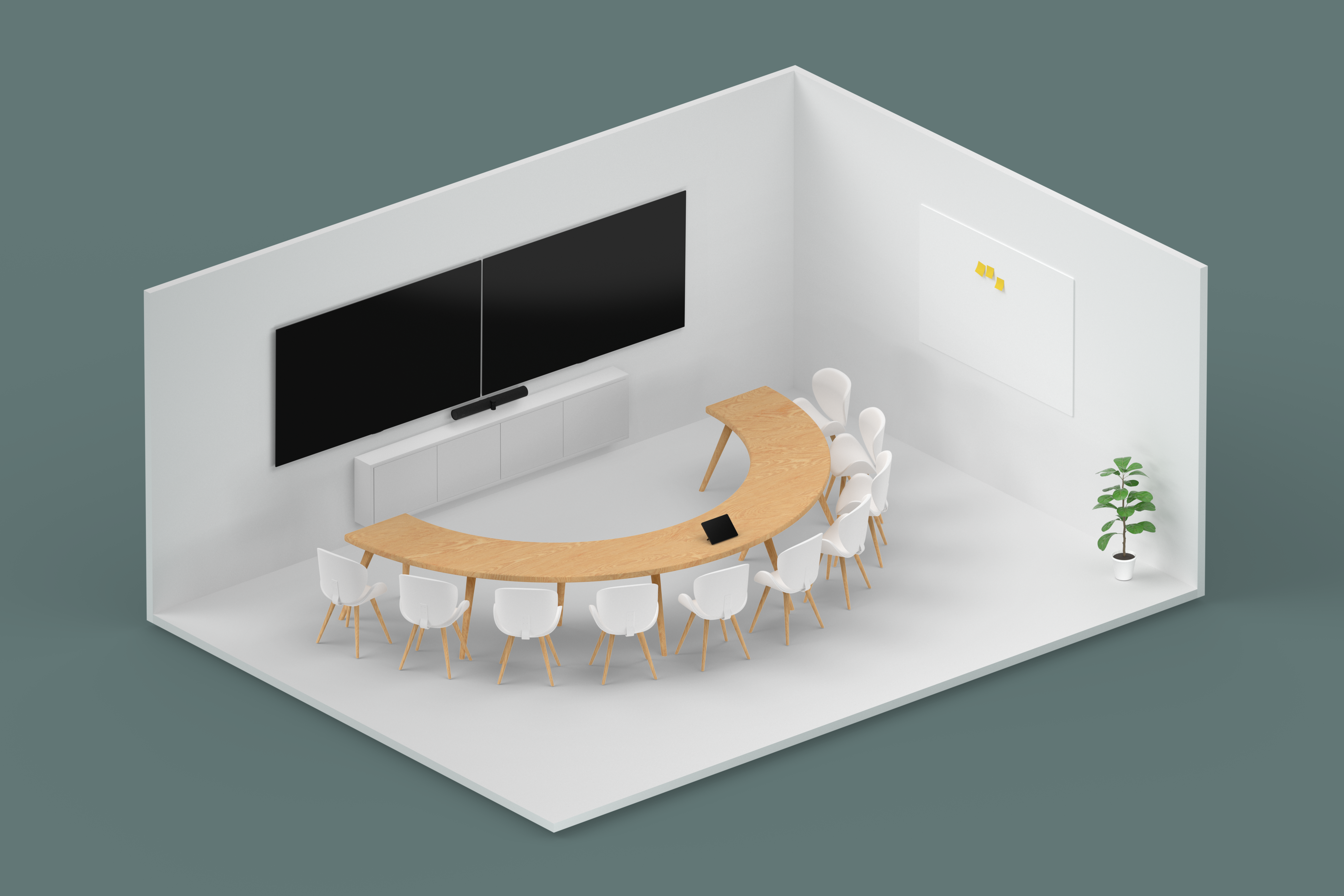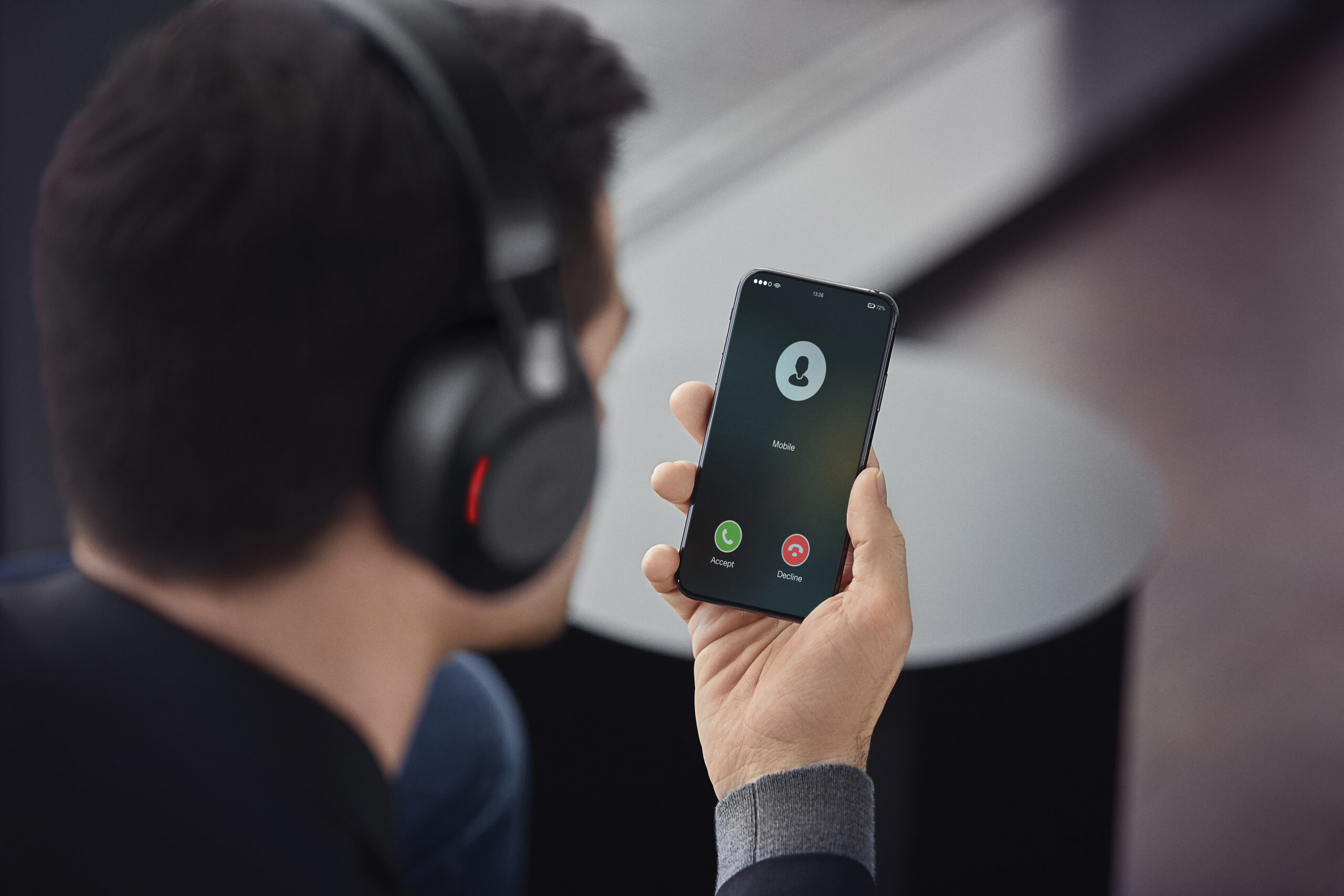Video has become an increasingly central fixture in our everyday lives. With video becoming more popular as a mode of communication and information sharing, it’s also rapidly becoming one of our preferred modes of communication at work; the use of video with platforms like Microsoft Teams and Zoom has become standard practice in workplaces globally.
With video as the foundation of hybrid working, it’s crucial that we use the right devices to maximize inclusivity, flexibility, and well-being.
Here are the four key things to look for in a hybrid working video solution:

1. HIGH-QUALITY VIDEO
Low-quality video fatigues us quickly, often leading to disengagement and demotivation in our work. In order to maximize well-being and productivity in a hybrid environment, you should be looking for video solutions with at least 4K resolution. This will ensure that you always look your best on camera and can communicate as effectively as possible. Similarly, the wider the field of view, the better. This will help make sure that no one is cut out of the conversation because of where they’re sitting.

2. INTELLIGENCE
Capturing our world on video opens up the possibility to interact with it in a whole new way. With artificial intelligence, modern video solutions support creativity, innovation, and inclusion by shrinking the gap between the physical and virtual worlds. They serve as an extension of our minds, bodies, and environment, connecting us with others in an authentic, intimate, and intelligent way.

3. CERTIFICATIONS
Certifications ensure that our video devices are built to optimize the collaboration experience. By going through extensive testing, certified devices are deemed to meet the standards of performance and functionality for UC platforms, as well as for all types and sizes of meeting rooms and collaboration spaces. Additionally, certified professional devices allow for remote device management, feature updates, and enhanced professional support. In a hybrid world where we’re working in multiple locations, certified devices help that we always stay connected.

4. FLEXIBILITY
It’s important that your video devices enable you to work from wherever you can be most productive. And because of this, they need to be flexible and easy to use. Plug-and-play video solutions allow you to plug into whatever device you’re using and simply get to work. Similarly, personal video devices must be portable, able to adapt to the changing environments in which you’ll be working, and connectable to various types of audio sources. In the dynamic workspaces of the hybrid future, flexibility is essential.
To learn more about connecting people no matter where they are, download the below Jabra whitepaper, Why Video is the Foundation of Hybrid Work.